Union St. Vincent
Béatrice et Vincent Rapin
La Dame de Onze Heures St. Émilion Grand Cru Red Bordeaux Blend 2014
Mission St. Vincent
Bordeaux Merlot Cabernet Sauvignon 2015
오샹에서 다시 사마셔야지 — 8 years ago
Clare Luce Abbey
Estate Cabernet Sauvignon 2007
[Tasted on November 18, 2017 at Union Common in Nashville]
Purchased at Vineyard 29 during Napa trip with Jay and Julie. Red currant, plum, cedar spice and mocha. Beautiful balance. Excellent St. Helena Cabernet. — 8 years ago
Mission St. Vincent
Red Bordeaux Blend
Tremendo sabor uno de los mejores Chianti que e probado,💪🏻🍷👍🏻👌🏻 — 9 years ago
Vincent Girardin
Clos de la Roche Grand Cru Pinot Noir 1998
Spent a long time in the cellar - Well worth the wait — 9 years ago
La Bastide St. Vincent
Pavane Vacqueyras Red Rhone Blend 2014
Woah... bold, full flavored... keeps getting richer... very nice — 9 years ago
Château La Croix St-Vincent
Bordeaux Merlot Cabernet-Sauvignon 2014
Suave and smooth. — 9 years ago
Château La Croix St-Vincent
Pomerol Red Bordeaux Blend 2012
Awesome pommerol, all the berries and more...given by M and C 59 Mitchell Wine — 7 years ago
Domaine Gres St. Vincent
Côtes du Rhône Villages 2016
Vintage after vintage, just a joy to drink! Deep, dark wild berries, a bright pop of acidity, and a touch of white pepper on the finish. Any wine from this co-op will not disappoint any Rhône lover. — 7 years ago
Château Branaire (Duluc-Ducru)
St. Julien Red Bordeaux Blend 2006
On the nose, bright, ripe, ruby; blackberries, dark cherries, black raspberries, blue fruit mix, strawberries, creamy raspberries, plums, cranberries, black tea, loamy soils, dry clay, dry stones, limestone minerals, saddlewood, crush dry rocks, dark moist soils, dark chocolate, vanilla, field of violets, lavender and fresh red florals.
The palate is medium-full yet a little lean. The fruits are elegant, ruby, ripe; blackberries, dark cherries, black raspberries, blue fruit mix, strawberries, creamy raspberries, plums, cranberries, black tea, loamy soils, dry clay, dry stones, limestone minerals, used leather, cedar, crush dry rocks, dark moist soils, dark chocolate, vanilla, field of violets, lavender and fresh red florals. The acidity is very good. The length, balance and length are nice. The structure a little lean. It a well polished rich fruit finish, but is a little short.
Photos of; the Chateau, Owner Patrick Maroteaux (may he RIP), Estate grapes and their barrel room.
Producer notes & history...Branaire Ducru has a long history has a long history that dates back to 1680. In those days, Branaire Ducru was a part of a larger Beychevelle. When the owner of Beychevelle passed away, he left behind a huge Bordeaux vineyard that was seriously in debt. To pay off the debt, the vineyard was broken up and sold. Several new estates were created in Saint Julien, which include Chateau Branaire Ducru. Jean-Baptiste Braneyre created the estate in 1680. As was was tradition in Bordeaux, the owner gave the estate his name, which is where the first part of the properties name came was given. Braneyre was later altered to Branaire. Braneyre bought the land we know as Branaire Ducru because of the terroir. He understood that Cabernet Sauvignon grew best on the deep gravel soils found in the Medoc. With that, we have the birth of Branaire Ducru. Or, at least the Branaire part. The middle name was gained through marriage. Marie Braneyre married Pierre de Luc which as you can guess, gave us the Branaire Duluc (the name of their 2nd wine). Almost 100 years later, the first winery at the property was constructed in 1824. It took almost 200 years for the Ducru portion of the wines name to make its way to the label. In 1875, with no direct descendants, Gustave Ducru, a more distant relative took over the property and added his name to the label making it, Chateau Branaire Ducru.
Patrick Maroteaux bought Branaire Ducru in 1988 from the Tapie family who had owned It since 1919. Prior to his ownership of Branaire Ducru, Patrick Maroteaux had no prior experience in the wine business. His background was in banking and then a president of the massive sugar company, Eurosucre. Patrick Maroteaux also served as the President of the UGCB, Union of Grand Crus Bordeaux, and as the President of the Saint Julien appellation.
Since his purchase, Patrick Maroteaux has focused much of his efforts on performing extensive work in the vineyards and in the cellars. He also began reducing the yields. Additionally, he increased the size of their vineyards by 10 hectares. Patrick was also modernized their winemaking techniques.
In fact, Patrick Maroteaux was one of the first producers in the Left Bank to being filling his tanks entirely by gravity. He did this beginning with the 91 vintage. This was done with the help of Philippe Dhalluin.
Philippe Dhalluin left Branaire Ducru in 2004 and took the same position as the director for wine making at Chateau Mouton Rothschild. Philippe Dhalluin was replaced by Jean Dominique Videau.
Chateau Branaire Ducru is a family business. The son of Patrick Maroteaux, François Xavier Maroteaux has carried the family business and joined the estate. Sadly, on November 19, 2017, Patrick Maroteaux passed away at the age of 67. His son, François Xavier Maroteaux took over the full time responsibilities of managing the property.
All the new technical improvements at Branaire Ducru quickly paid off for Patrick Maroteaux. Beginning with the 2000 vintage, Branaire Ducru became one of the top Saint Julien wines. It’s also one of the better values for high quality Bordeaux.
The 60 hectare vineyard of Branaire Ducru is planted to 65% Cabernet-Sauvignon, 28% Merlot, 4% Cabernet Franc and 3% Petit Verdot. The vineyard is very close to the size it was during the time of the 1855 Classification.
The terroir is deep gravel with clay soils. The best terroir is located near the chateau, closest to the Gironde river. They also have blocks further inland, with a small section of vines placed close to Chateau Lagrange and Chateau Talbot. The vineyard can be divided into 15 different blocks with 70 different parcels of vines. On average, the vines are close to 35 years of age. However, the estate has older vines as well. The oldest vines date back close to 90 years of age. The vineyard is planted to a vine density that ranges from 6,700 to 10,000 vines per hectare. The higher levels of vine density are for the newer plantings. The goal of the property is to continue increasing the vine density in all of their better terroirs.
Branaire Ducru, fermentation takes place in 28 temperature controlled, stainless steel tanks. The 28 vats vary in size. The vats range in size from as small as 30 hectoliters and up to 210 hectoliters. Each vat is sized for the needs of each specific vineyard parcel. Each vat is filled using the gravity based system.
Branaire Ducru is aged in 60 to 65% new, French oak barrels for between 16-20 months. The amount of new oak varies depending on the quality, character and style of each vintage. On average, the annual production is about 25,000 cases depending on the vintage. — 8 years ago
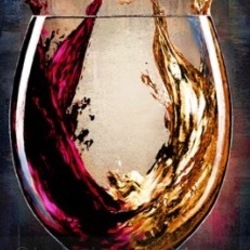
R. & L. Legras
Cuvée Présidence VV Champagne 2002
Probably should have made the st Vincent this year pretty incredible bottle . — 9 years ago
Mission St. Vincent
Bordeaux Sauvignon Blanc 2015
Great value. Nice dry French white with a fruity, citrus bouquet — 9 years ago
Vincent Girardin
Les Vieilles Vignes Nuits-Saint-Georges Pinot Noir 2016
Conrad London, roy boy found my gamay — 7 years ago
Château Calon-Ségur
Saint-Estèphe Red Bordeaux Blend 1996
On the nose, a touch of barnyard. Sweet & sour dark cherries, blackberries, black raspberries, baked strawberries and hues of blue fruits. Dry crushed rocks, dry stones, rich black turned, soft leather, cedar, underbrush, tobacco, light vanilla & clove, medium spice, limestone, fresh & withering dark red floral bouquet.
The body is just full. The tannins are soft, rounded, chewy & sticky and still have some teeth. The wine elegantly guides smooth over the palate...very little that pushes back. It’s still youthful but not as youthful as my expectation. Sweet & sour dark cherries, blackberries, black raspberries, baked strawberries and hues of blue fruits. Dry crushed rocks, dry stones, rich black turned, soft leather, cedar, underbrush, tobacco, some dry herbal notes, sweet tarry notes, light vanilla & clove, medium spice, powdery limestone, loamy clay & top soil, graphite, dark spice with lifting heat, fresh & withering dark red floral bouquet and haunting violets. The acidity is near perfect. The structure, tension, length are in a very place but, will still improve for another 15+ years. The long, finish is ripe, round, balanced and lasts minutes.
Photos of, the Chateau, Technical Director Vincent Millet, beautiful stainless steel tank room and their new barrel room.
Producer notes & history...historic records show that Calon Segur was in existence as far back as 1147, when it was owned by Monseigneur de Calon. He was an important Bishop in the community. This makes Chateau Calon Segur one of the very oldest properties in Saint Estephe. Eventually, the property came to be owned by Nicolas Alexandre de Segur. Hence where part of the name of the Chateau comes.
After passing through generations, the estate became the property of the famous Marquis de Segur. de Segur is an important figure in Bordeaux history, not only for his ownership of numerous top Bordeaux estates in that day but, he also owned Lafite and Latour. de Segur is credited with uttering the words that spawned the idea behind the heart shaped logo of Calon Segur. The story is that de Segur is quoted as saying: “I make my wine at Lafite and Latour, but my heart is in Calon.” This famous saying lives on the label of Chateau Calon Segur, where the drawing of a heart is prominently featured on the bottle.
Chateau Calon Segur was one of the original three Bordeaux vineyards in Saint Estephe. In 1825 Chateau Montrose was a forest without a single vine belonging to the massive Calon Segur estate. In fact, Chateau Phelan Segur was also once part of the vast Segur estate. The holdings of the Segur family were so large, they included what would later became Chateau Lafite Rothschild, Chateau Latour and Chateau Mouton Rothschild!
The more modern era by European standards began in 1894 when its Left Bank vineyards were purchased by Georges Gasqueton and Charles Hanappier. Hanappier was a large negociant at the time. The Gasqueton family managed the estate until 2012. Madame Gasqueton ran the estate until she passed away at the age of 87 in late September, 2011.
In July of 2012, Chateau Calon Segur was sold for 170 million Euros or 215 million US dollars. The buyer was a French Insurance Company, Suravenir Insurance. Jean-Pierre Moueix, the owner of Petrus and the massive negociant company Duclot also took a minority stake in Chateau Calon Segur.
Since taking over Calon Segur, they started renovating the property with the focus on the wine making facilities. They followed a trend to vinify on a parcel by parcel basis. The estate replaced their older vats with new stainless steel tanks that vary in size and number to match the size of the various vineyard parcels.
The new tanks accompany a completely new vat room as well with everything moving completely by gravity. The new tasting room was remodeled as well. The renovations were completed in 2016.
Their cellars also needed work. Immediately after closing, the new owners began an extensive replanting of the Calon Segur vineyard. There were a number of reasons they chose to do this. They needed to increase the level of vine density and add more Cabernet Sauvignon.
The extensive renovation of Chateau Calon Segur cost somewhere north of 20 Million Euros. Other changes, the new owners took full control and brought in Vincent Millet as the Technical Director.
The 55 hectares of Calon Segur are located just north of the small town of St. Estephe and are planted to 53% Cabernet Sauvignon, 38% Merlot, 7% Cabernet Franc and 2% Petit Verdot.
Chateau Calon Segur is one of the few walled in vineyards in the Left Bank. Calon Segur is also known as being the northern most Classified Growth in Medoc.
The terroir of Calon Segur is a blend of gravel, rocks, clay, sand and limestone soils on the surface with gravel that can be as deep as 5 meters. Underneath, you find marl, clay and limestone.
On average, the vines are 25 years of age. However, they have older vines that range in age from 45-60 years of age.
The vineyard of Chateau Calon Segur remains almost exactly the same as it did at the time of the 1855 Classification.
Since the remodel was completed, fermentation takes place in 70 conical shaped, stainless steel tanks that range in size from 25 hectoliters to 120 hectoliters. Vintages are now aged in 90% to 100% new, French oak barrels for up to 20 months.
Production of Chateau Calon Segur is around 20,000 cases per year. They also make a second wine, which was originally named Marquis de Calon. Now, the second wine is sold under the name of Le Marquis de Calon Segur.
There is also a third wine, which is sold under two names, La Chapelle de Calon, and St. Estephe de Calon Segur, which is produced from vines that mostly come from a specific plot with more limestone. — 8 years ago
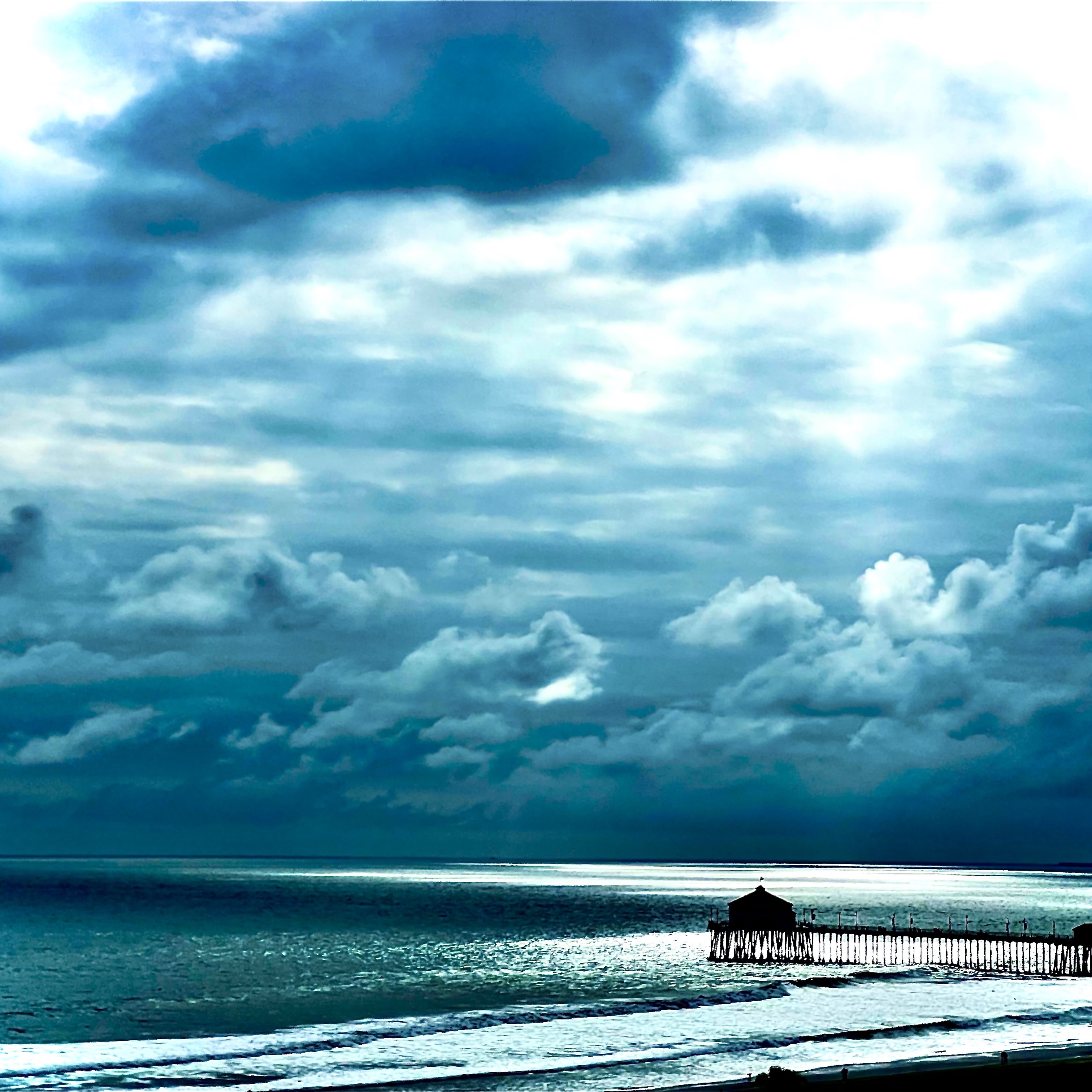
Philippe et Vincent Lécheneaut
Morey St. Denis Pinot Noir 2004
Forest floor and underbrush, in a medium bodied with some dark red fruit notes. Drinks great considering vintage and cost. — 10 years ago
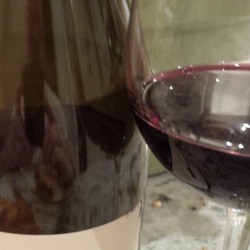



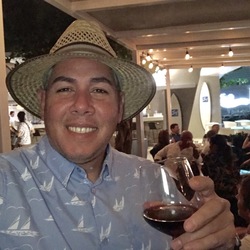


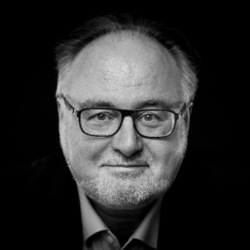
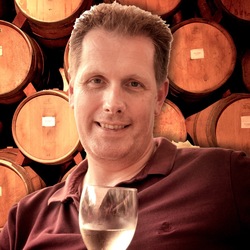
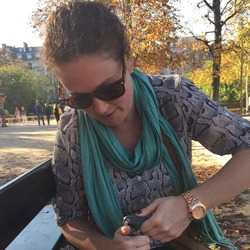



Amanda B.
light- medium body, warming sensation when you sip, dry finish. would buy again. — 7 years ago